Bernadette Mayer
Memory, Sep 9 – Oct 8, 2017
Past: 333 Broome St
Memory, Canada, New York, 2017
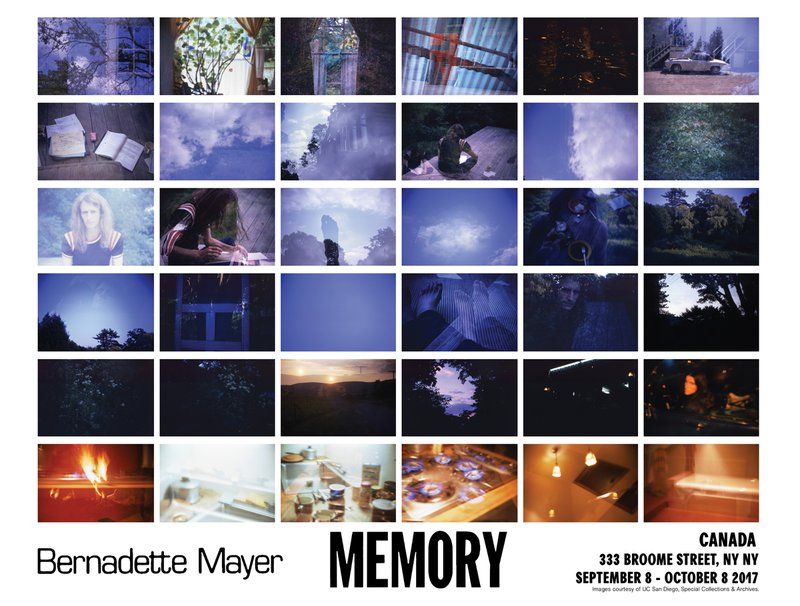
Installation view, Memory, Canada, New York, 2017

Installation view, Memory, Canada, New York, 2017
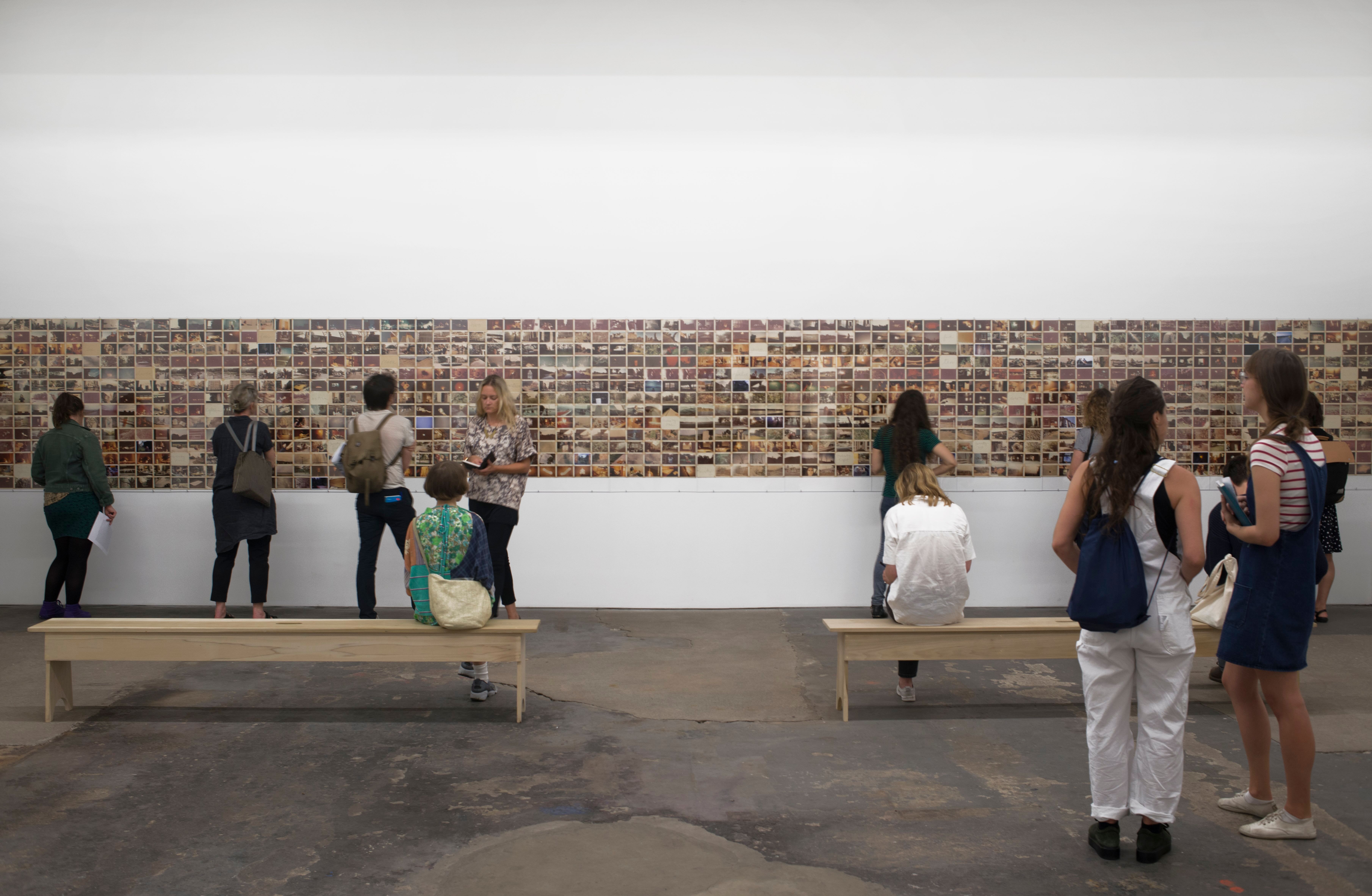
Installation view, Memory, Canada, New York, 2017
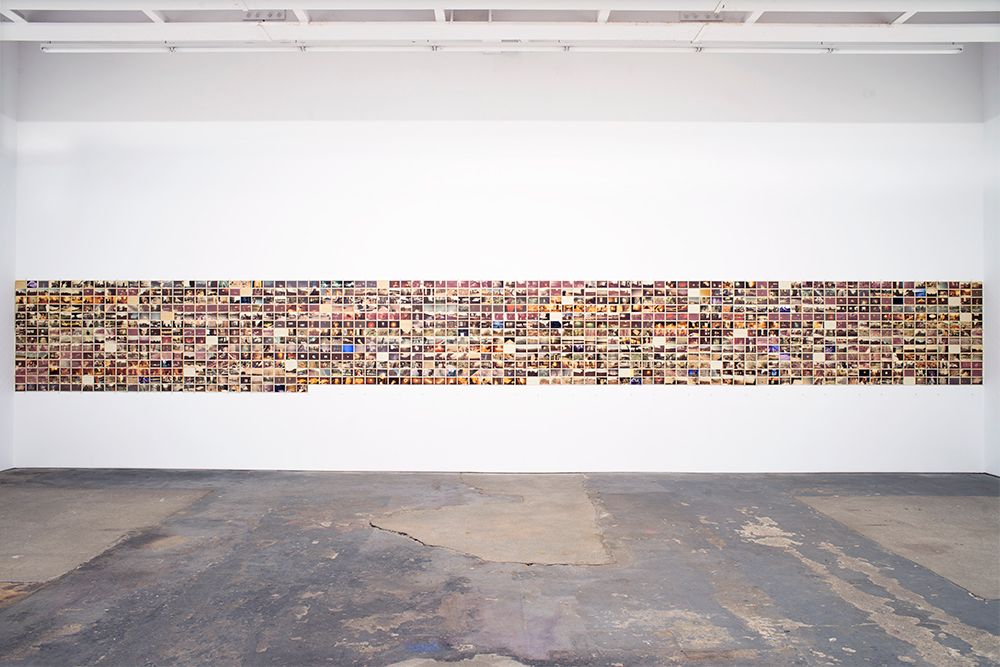
Artworks

Bernadette Mayer,
Memory,
1971,
Dimensions variable
3"x5” color snapshots mounted on museum board with 6-hour audio recording

Bernadette Mayer,
Memory, 1971-72,
Courtesy of Bernadette Mayer Papers, Special Collections & Archives, University of California, San Diego
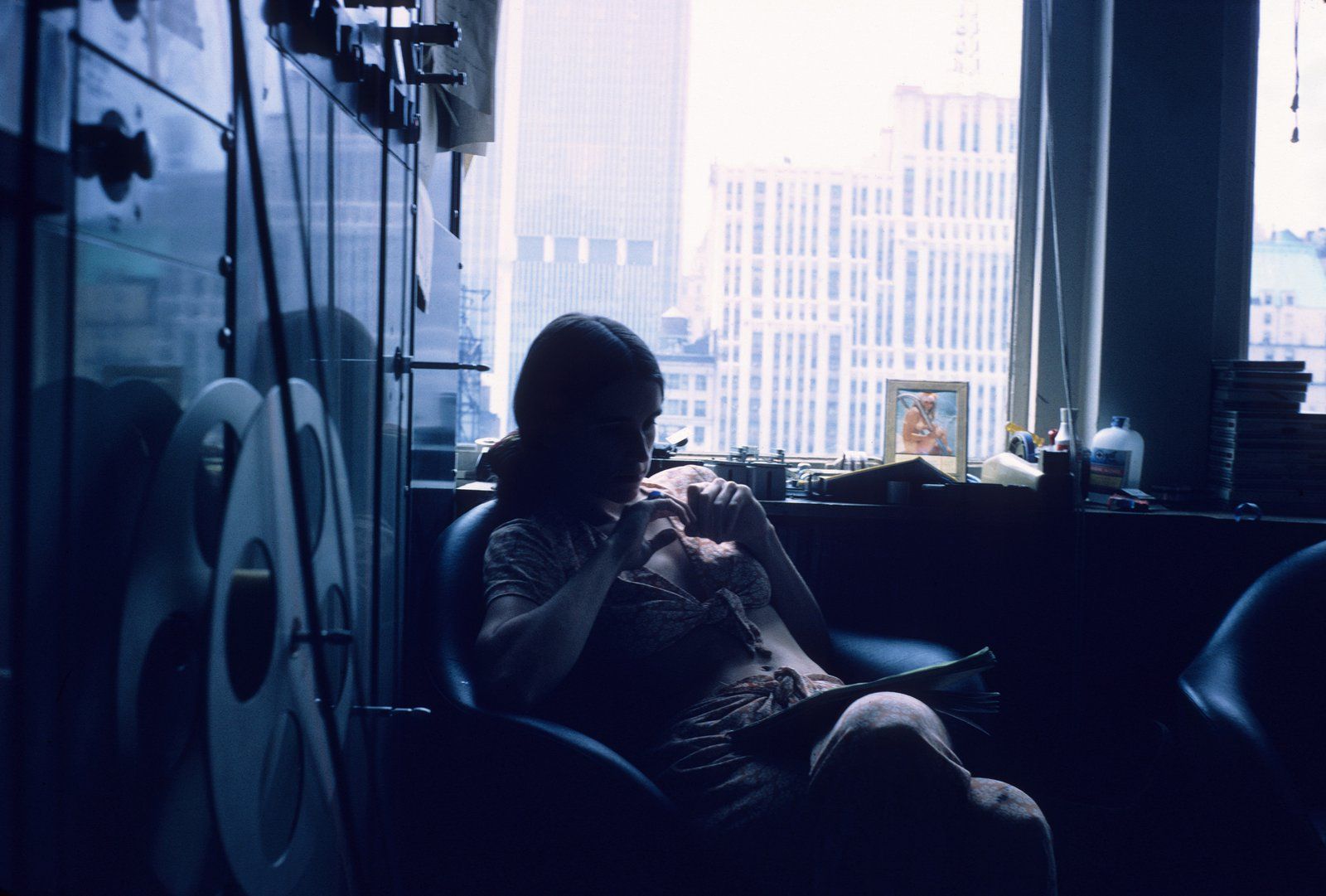
Bernadette Mayer,
Memory, 1971-72,
Courtesy of Bernadette Mayer Papers, Special Collections & Archives, University of California, San Diego
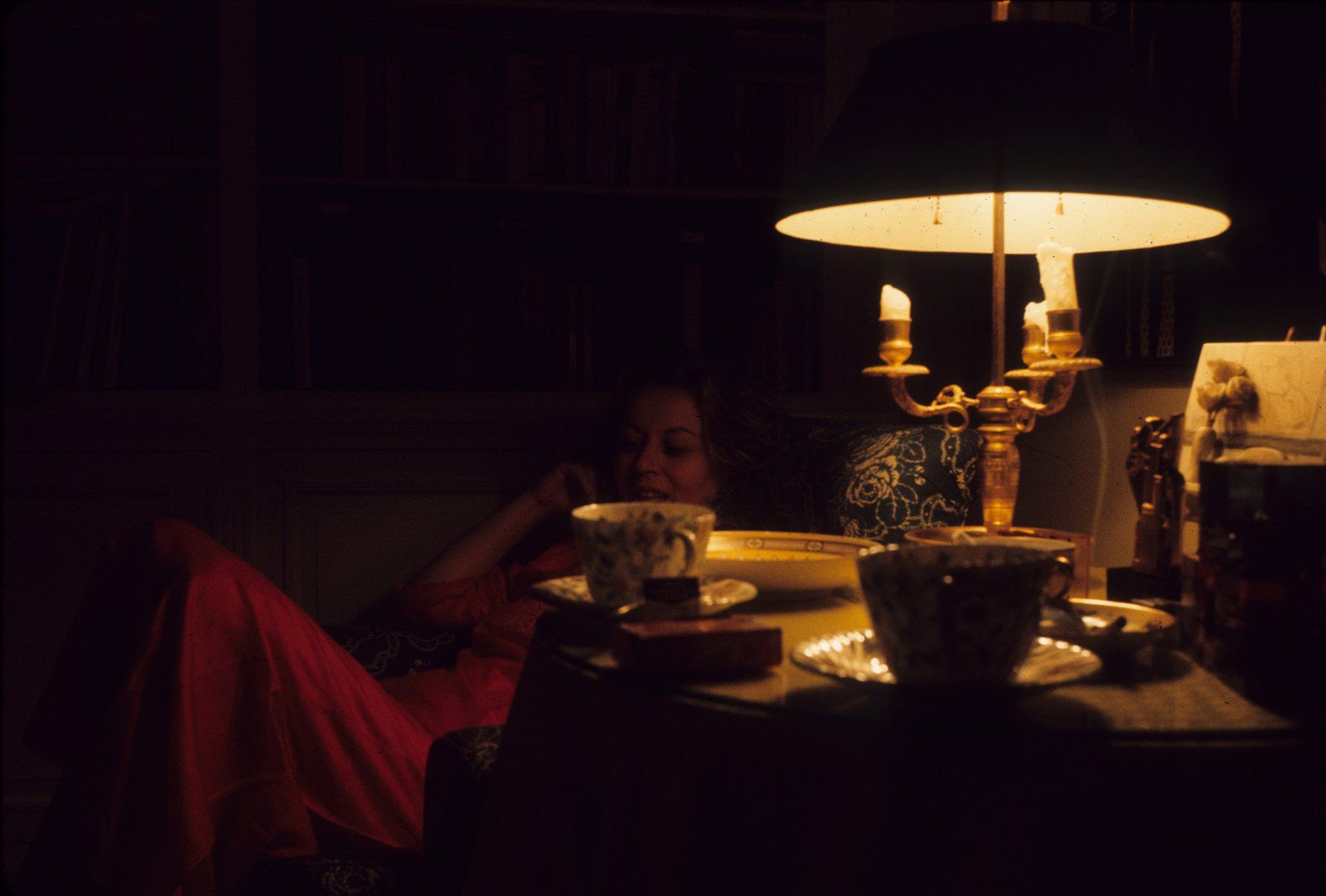
Memory, 1971-72,
Courtesy of Bernadette Mayer Papers, Special Collections & Archives, University of California, San Diego

Bernadette Mayer,
Memory, 1971-72,
Courtesy of Bernadette Mayer Papers, Special Collections & Archives, University of California, San Diego
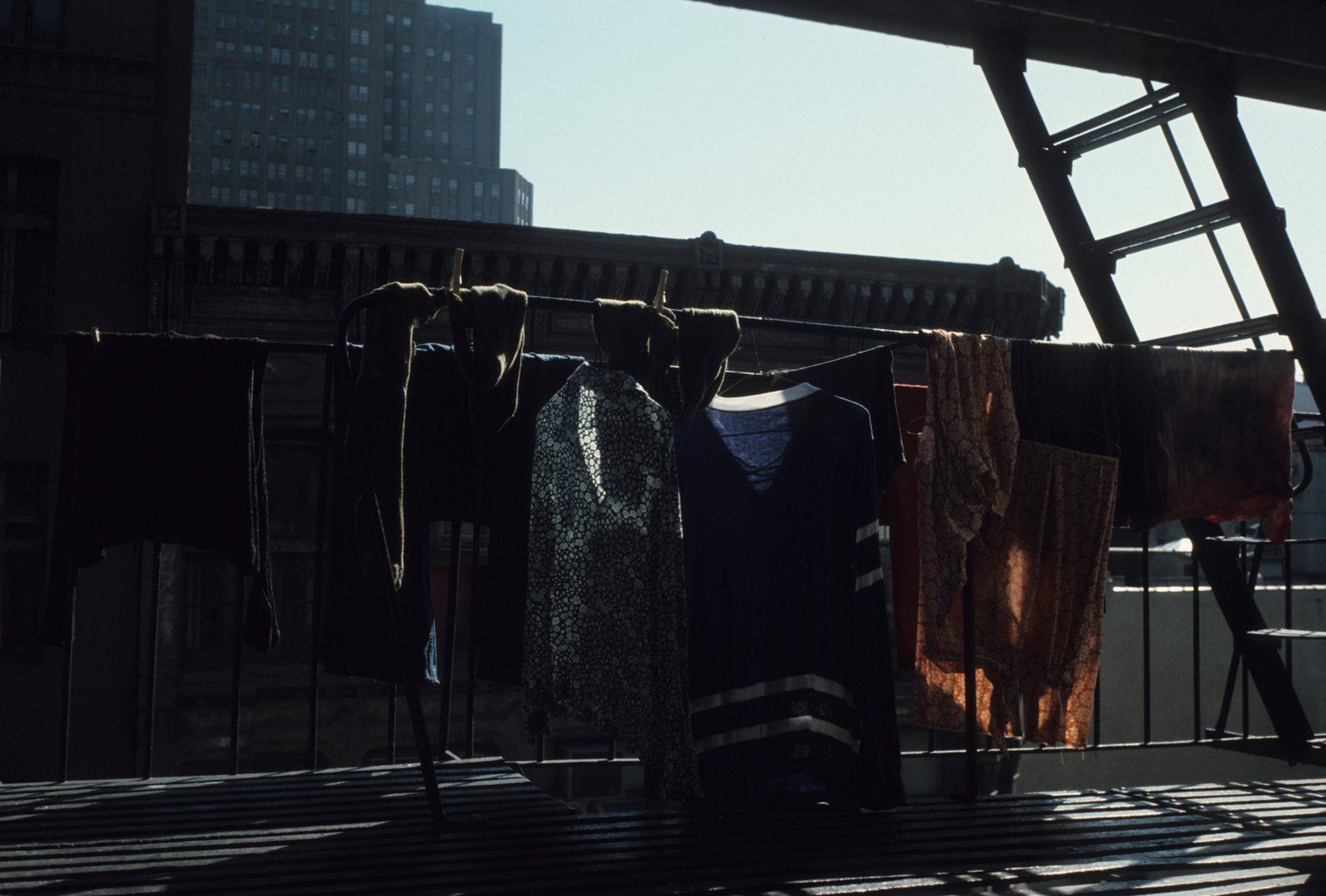
Bernadette Mayer,
Memory, 1971-72,
Courtesy of Bernadette Mayer Papers, Special Collections & Archives, University of California, San Diego

Bernadette Mayer,
Memory, 1971-72,
Courtesy of Bernadette Mayer Papers, Special Collections & Archives, University of California, San Diego
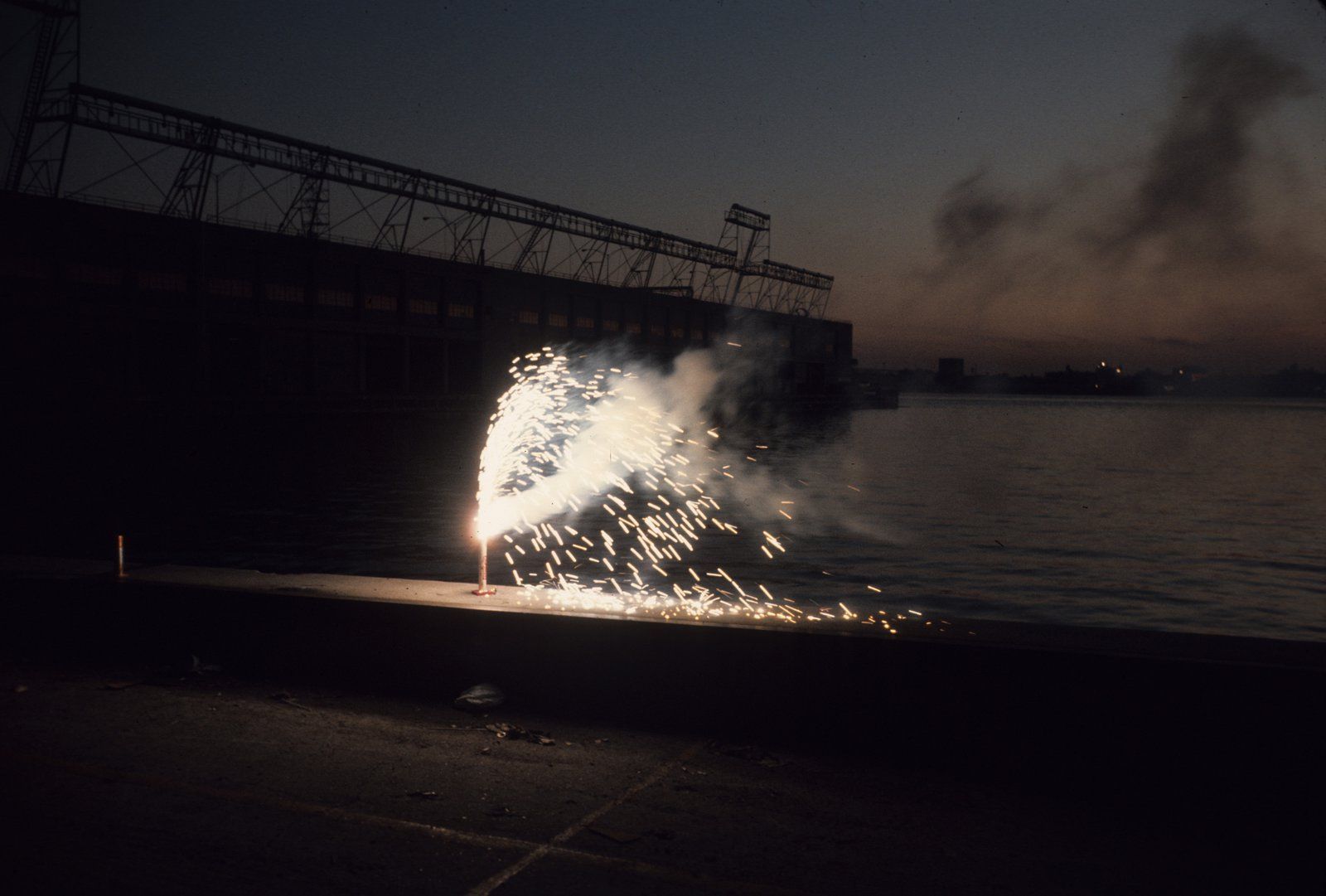
Bernadette Mayer,
Memory, 1971-72,
Courtesy of Bernadette Mayer Papers, Special Collections & Archives, University of California, San Diego
Press Release
CANADA is pleased to present Bernadette Mayer’s multimedia work Memory, created in 1971 and originally shown in February of 1972 at 98 Greene Street, the art and performance space run by Holly Solomon. This is the first installation of the piece in its original form since '72.
Mayer has described the work as “an emotional science project.” The first phase involved Mayer shooting a roll of 35mm slide film and writing a journal everyday for the month of July 1971. At the end of the month she developed the film and projected the slides, an experience of remembering the month that allowed her to further refine the writing. For the exhibition, she had snapshots made from the slides and mounted them unedited, in order, and recorded the final text, which was played in the gallery. In a review of the show in the Village Voice, critic A. D. Coleman called the installation—a total of 1,100 prints and approximately six hours of narration—an “enormous accumulation of data” that “explores photography not as an art but as a tool which has extended our vision in ways we have yet to comprehend.” The orderly grid of photographs, broken only by the numbers of the days (written in Mayer’s hand,) reveals an underlying structure; upon closer examination this dissolves into a profusion of details: the streets of New York, meals, store windows, cars, signs, restaurant interiors, trees, the construction of the World Trade Center, fireworks on July 4, laundry drying on a fire escape, portraits of her friends and her then boyfriend, filmmaker Ed Bowes. Periodically, Mayer also appears, in self-portraits, and photographs by Bowes.
The project continued on in other forms. Following the show, Memory was exhibited in Mayer’s home, a loft on Grand Street, open by appointment. A much-condensed version, titled Remembering and exhibited in a 3-ring binder, was included in Lucy Lippard’s seminal show of conceptual art by women, titled “c. 7,500” and shown in various venues in 1973 and 1974. Mayer reworked the text again for publication by North Atlantic Books in 1975; the book, which is how most people know about the project, included a selection of images reproduced in black and white on the cover. Aside from a few individual images that have been reproduced as part of articles on Mayer’s work, the project was not shown again until last year, when the Poetry Foundation in Chicago recreated the work with reprints from the original slides.
Although Mayer is widely acclaimed as a poet, this work sheds new light on her deep involvement and origins in conceptual art. In the late 1960s she co-edited with Vito Acconci the magazine 0 TO 9, one of the period’s most vivid documents of the convergence of experimental art and poetry. Like Acconci’s gravitation towards performance art, Memory represented Mayer’s attempt to move language/poetry beyond the printed page. Mayer did not continue as a visual artist, but the project laid the foundation for some of her most important poetic works. Her next project, Studying Hunger, was also a time- and journal-based project, driven by an idea, as she described, “that if a human, a writer, could come up with a workable code, or shorthand, for the transcription of every event, every motion, every transition of his or own mind . . . he or we or someone could come up with a great piece of language/information.” Mayer’s Midwinter Day, is perhaps the culmination of these experiments in transposing states of consciousness and the minutiae of daily life, an epic poem written about and during one day, December 22, 1978, the shortest day of the year. These ideas have lived on in her infamous “Experiments List,” a list of writing experiments and journal ideas, widely used by teachers of poetry for decades.
Mayer’s Memory and her other diaristic conceptual works explore the relationship between text, image, and duration through her prescient attempts to create an all-out document of the inner psyche—a feat that is now almost ubiquitous in a society preoccupied with the task of obsessively recording and sharing every detail of daily life. Exhibiting Memory forty-five years after its initial debut emphasizes the profound nature of memory itself as utterly intangible and unknowable despite myriad attempts to capture it, and how blurry the line between past and present has become as the speed at which memories are generated accelerates every day. This rare opportunity to see the original materials from Mayer’s installation from 1972, clearly reveals its own relationship to temporality, as the original photographs and boards have faded over time. While some missing photos were reprinted to complete the piece for the exhibition, this only highlights the discrepancies in Memory itself, furthering the project’s fleeting trajectory across a new axis of time.
Bernadette Mayer was born in 1945 in Brooklyn, New York. Widely regarded as one of the most innovative experimental writers of her generation, she is the author of over thirty books including The Desires of Mothers to Please Others in Letters (2017, 1994), Eating the Colors of a Lineup of Words(2015), Sonnets (2015, 1989), The Helens of Troy, New York (2013), Studying Hunger Journals (2011), Midwinter Day (1999, 1982), and A Bernadette Mayer Reader (1992). Her most recent book, Works and Days (2017), was a finalist for the National Book Critic Circle Awards. She has been the recipient of numerous other grants and awards, including from the Guggenheim Foundation, the Poetry Society of America, and Creative Capital. Mayer is also known for her teaching and has led classes and workshops in experimental poetry at Naropa University, The New School for Social Research, and The Poetry Project at St. Mark’s Church. She continues to work with students from her home in upstate New York.
Thank you to the Department of Special Collections & Archives at the UC San Diego Library for providing digital & audio materials for this exhibition.
Press
Andrew Durbin "Bernadette Mayer." frieze October 6, 2017
Presca Ahn "The Art of Memory." The Paris Review October 3, 2017
Claire Lehmann "Critics' Picks." Artforum September 15, 2017
Maika Pollack "Fall Arts Preview." BOMB Magazine August 10, 2017